My goal with Live Simply Natural is to be a resource to help you feel empowered when making nourishing lifestyle choices. I’m a big believer that eating a well-balanced diet is the foundation for feeling good from the inside out. So I’m breaking down everything you need to know to unlock the nutritional powerhouse of the most common whole food ingredients. Today I’ll be talking about – BASIL!
Produce Guide: Basil

Basil is typically available all year long but summer is the time of year when this herb really gets to shine. Being that there are more than 60 different types of basil, you may not know which one you’re getting but each one has a powerhouse of nourishing benefits. Originally members of the mint family, the variety you most likely will find all year round is the sweet basil. This variety is very popular with pestos and salads. Each variety offers a subtle difference in taste; varieties such as lemon, purple, holy basil, and even cinnamon basil give you an idea of how one might modify and enhance a recipe. If you’d have to pick one herb to grow in your garden, I’d definitely recommend basil be the first on the list.
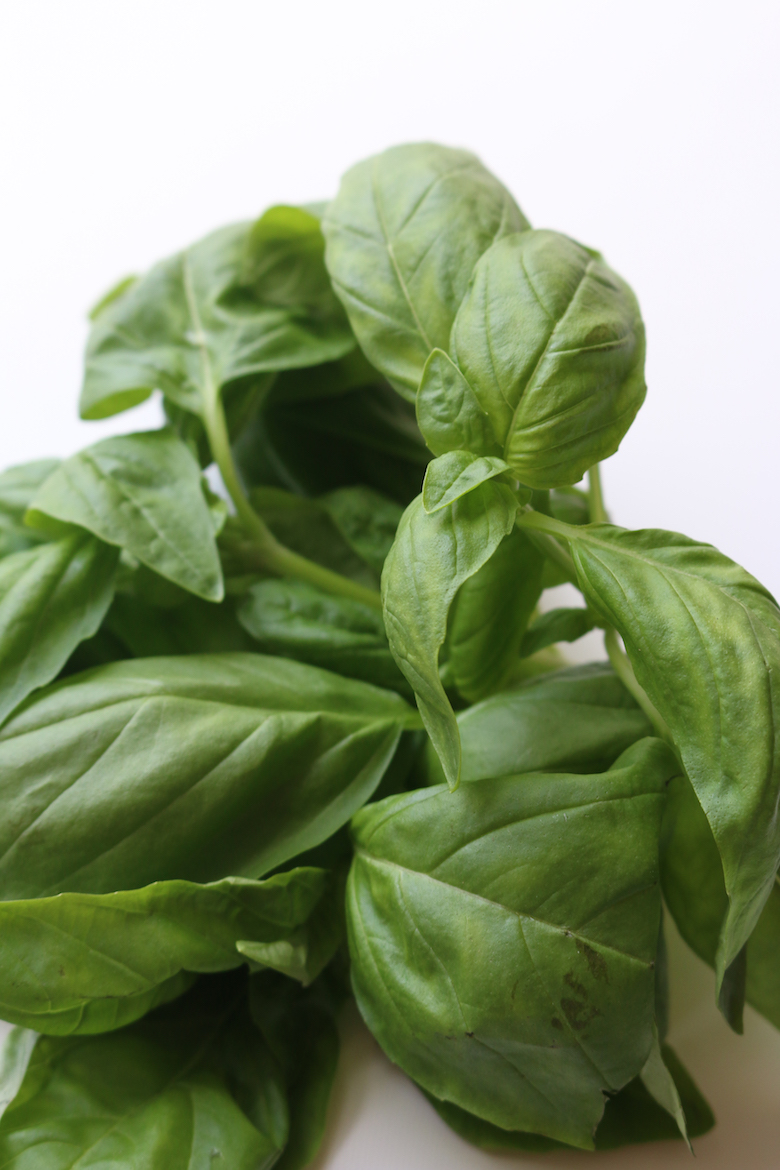
-
HEALTH BENEFITS
Basil is considered to be one of the healthiest herbs you can get your hands on. It has powerful antioxidant properties that protect the cells lining and a number of numerous body structures, including the blood vessels, fighting free radicals. Basil also helps prevent the cholesterol in blood from oxidizing, helping to prevent atherosclerosis, heart attacks, and stroke. Other vitamins and minerals in basil include iron, calcium, manganese, magnesium, vitamin C, and potassium. Another great thing about basil is that it also has antibacterial properties which protect against harmful bacterial growth. And it’s great for supporting liver function and detoxing the body. Basil also is known for balancing acid within the body and restoring the body’s proper pH levels. This is just another benefit that can improve digestion and immunity by helping healthy bacteria flourish within the gut.
NUTRIENT BREAKDOWN OF BASIL
*raw basil, 100g (source)
- Fiber | 0.4 g (2% DV)
- Protein | 0.9 g (2% DV)
- Carbohydrates | 0.8 g (0% DV)
- Vitamin A | 1477 IU (30% DV)
- Vitamin C | 5 mg (8% DV)
- Vitamin K | 116 mcg (145% DV)
- Manganese | 0.3 mg (16% DV)
- Folate | 19 mcg (5% DV)
- Magnesium | 49.6 mg (5% DV)
- Potassium | 82.6 g (2 % DV)
- Calcium | 49.6 mg (5 % DV)
- Iron | 0.9 mg (5% DV)
-
HOW TO BUY
When shopping for basil, you should always look for the same things: Look for beautiful firm leaves that are not wilted or showing signs of discoloration. Discoloration means that it wasn’t stored properly. If purchasing fresh basil with the roots attached; check that the roots aren’t rotted as they won’t last very long in the fridge. You can typically smell the basil to detect whether or not it is fresh. Look for a sweet fragrant smell.

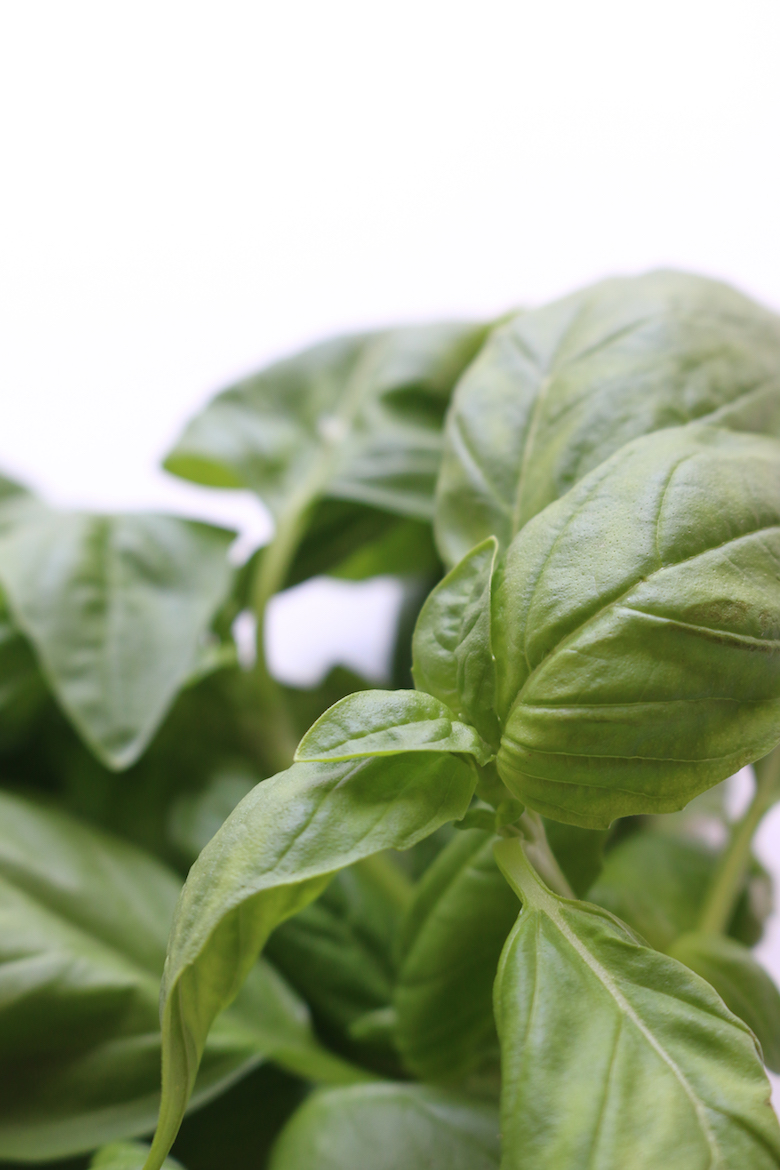
-
HOW TO STORE
When properly stored, basil should last up to 5-7 days. To keep basil lasting fresh for longer, trim the stems and place them in a glass jar of filtered water, just like cut flowers. Loosely cover it with a plastic bag and leave it on the counter. Although certain herbs, such as parsley and cilantro, can be stored this way in the fridge, basil does better at room temperature. Refrigeration can turn the leaves dark and spotted. Be sure to change the water regularly.
-
HOW TO PREPARE
Wash basil just before using and blot dry with paper towels. When chopping your fresh basil, make sure the leaves are thoroughly dry to prevent them from sticking to the knife. To chop, use a chef’s knife on a cutting board stacking several leaves to slice. Roll stack lengthwise into a cylinder and cut the cylinder with a sharp knife to form thin strips. Like many fresh herbs, basil tastes best when added near the end of cooking as it loses flavor when exposed to high heat. To substitute fresh herbs for dried, the general rule of thumb is a 3:1 ratio—use 3 times more fresh than dried.
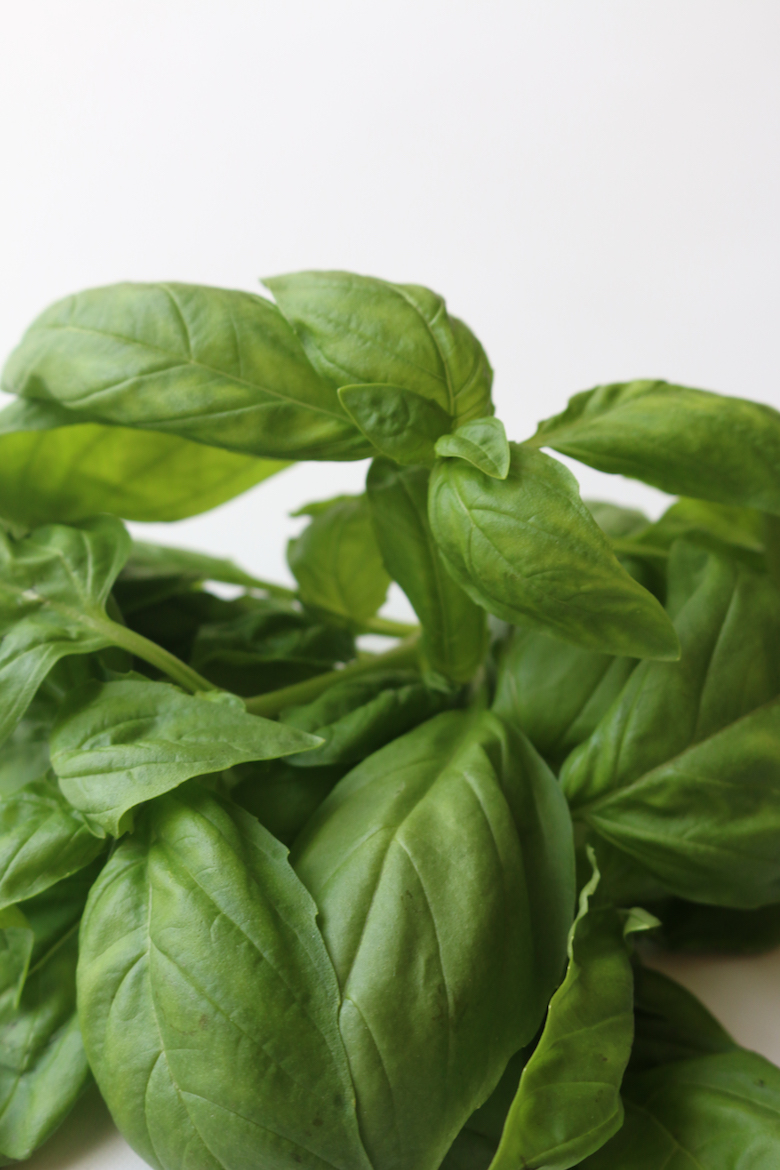
-
BASIL RECIPES
Looking for more ways to use your fresh basil? Check out our favorite recipes here!
WHAT’S YOUR FAV?
What ingredient do you guys want to learn more about? And if you have a favorite way to eat basil, tag @livesimplynatural or #livesimplynatural so the LSN community can get inspired by your dish too :)
Hugs,



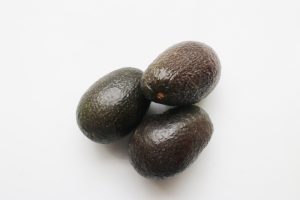

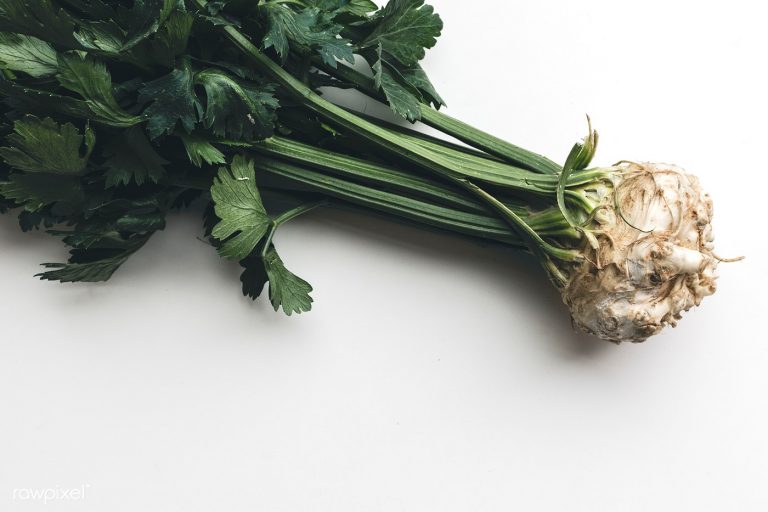
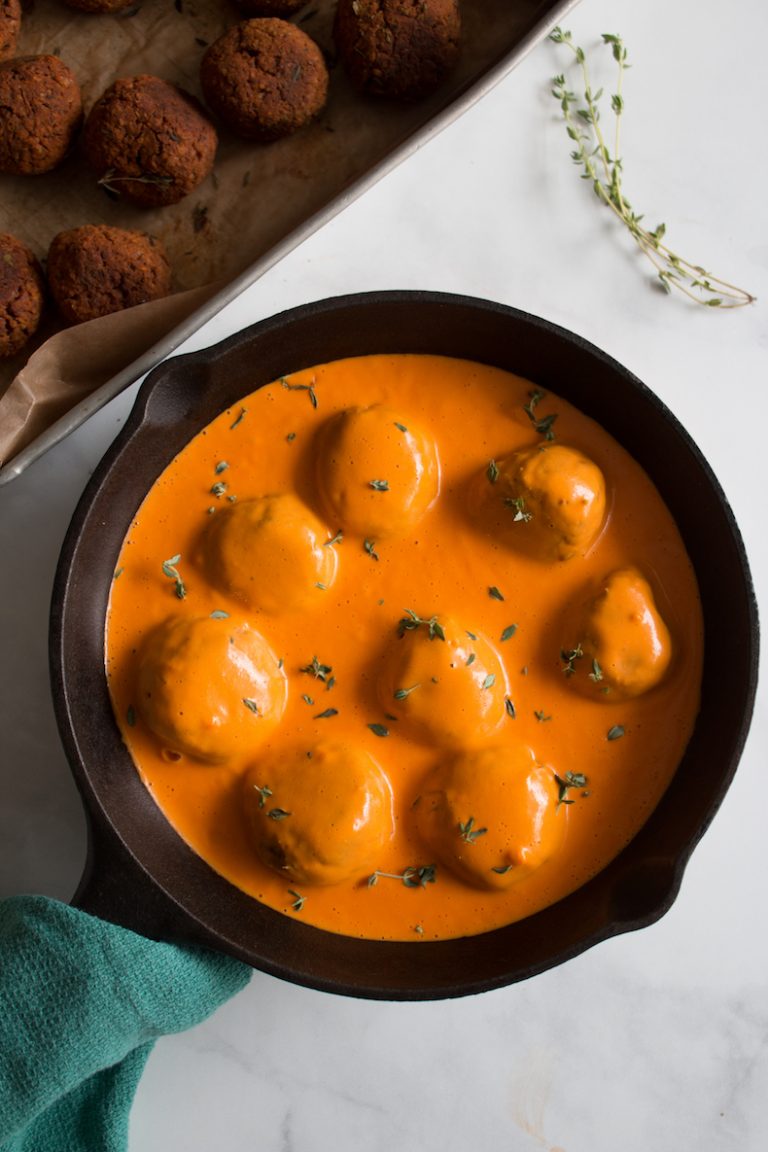
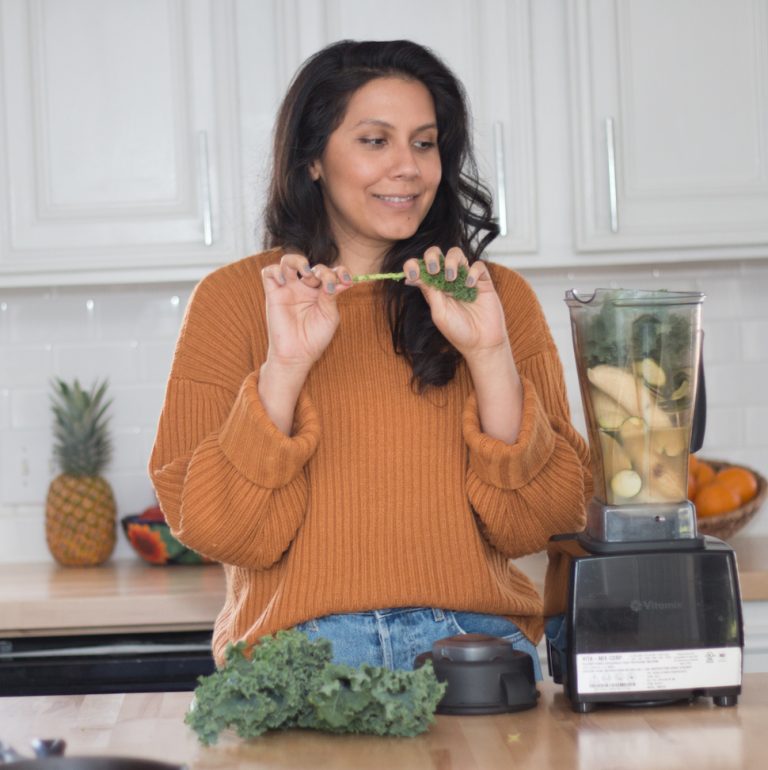
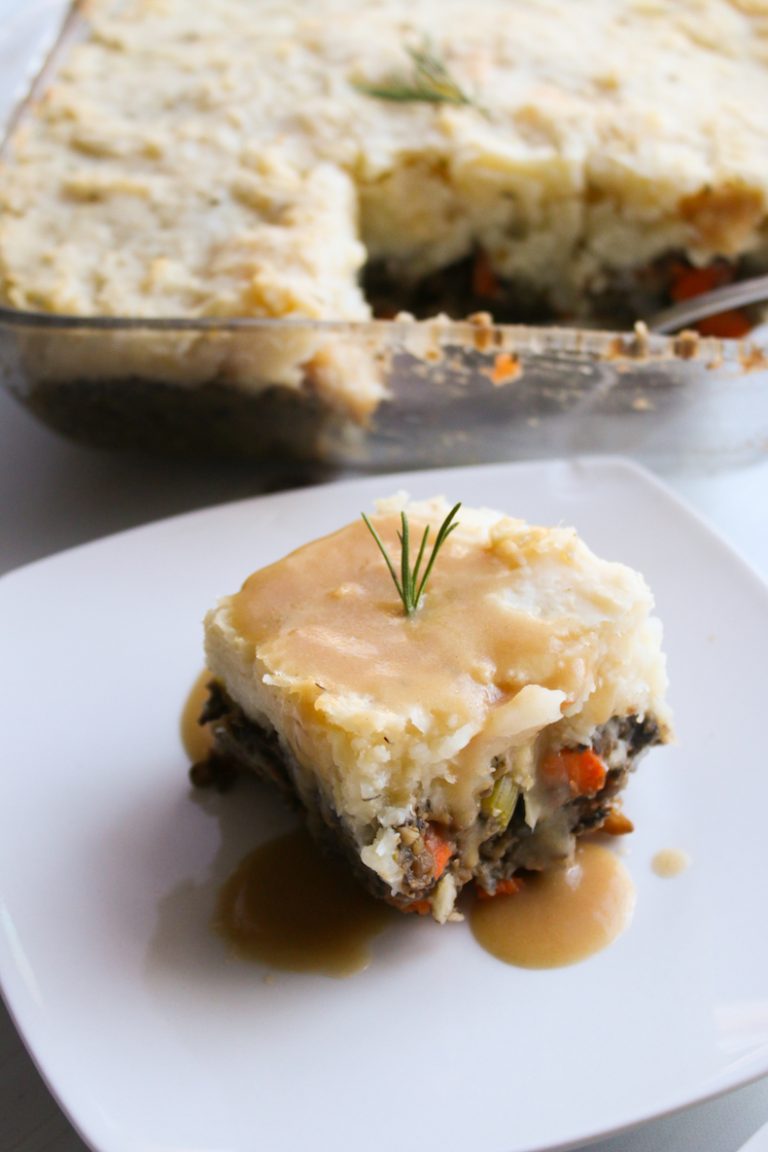
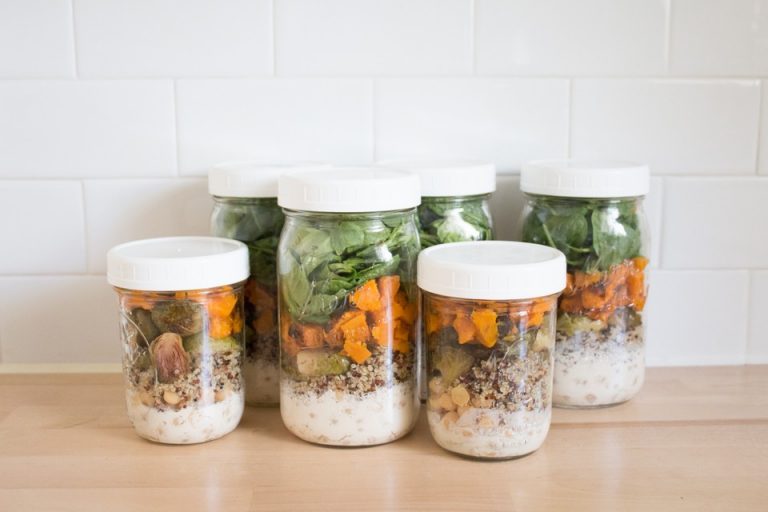


One Comment